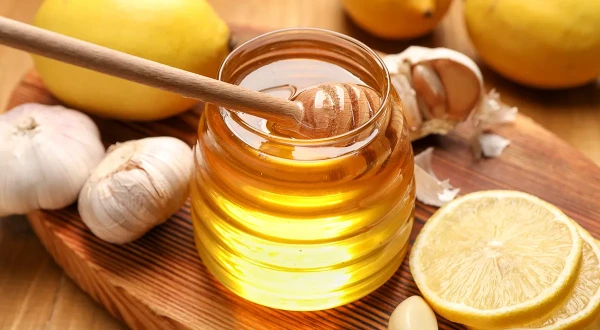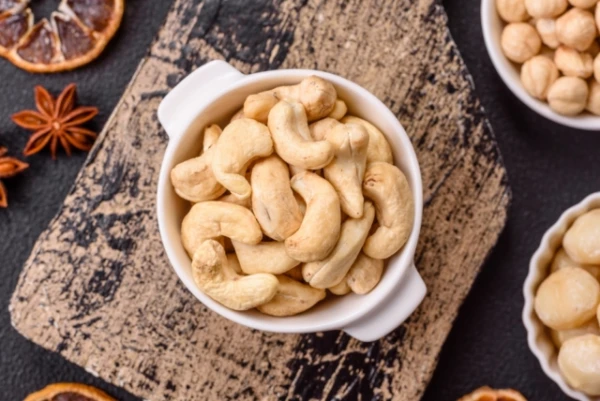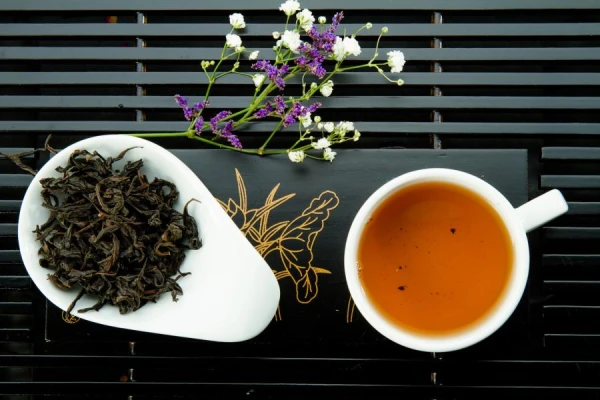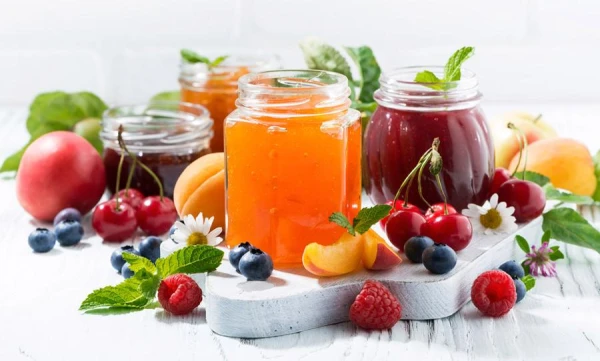
Preparing for the autumn virus season? It's the perfect time to stock up on foods containing phytoncides — natural antibiotics with antimicrobial properties.
It is no wonder that our grandmothers recommended protecting themselves from colds with a "necklace" of garlic cloves or disinfecting the room with a cut onion. It turns out that these plants contain phytoncides — biologically active substances discovered in 1928 by the Soviet biologist Boris Tokin.
This happened because the scientist noticed that dishes from Eastern cuisine, prepared in unsanitary conditions at markets, somehow did not lead to outbreaks of intestinal infections.
During laboratory research, Tokin found that certain plant products, particularly onions, garlic, and peppers used in the preparation of these dishes, protect them from spoilage and people from diseases. These toxic volatile substances that prevented food from rotting and being eaten by some insects and animals were named phytoncides — from the merging of two words: φυτóν — "plant" and caedo — "I kill." Today, more than 5000 phytoncides are already known!
Phytoncides are the immunity of plants, often with a strong aroma, which they use to protect themselves from microbes, bacteria, and fungi. They also protect humans in the treatment of infectious diseases by suppressing or preventing the growth of bacteria that occurs when one's immunity is insufficient. With their help, humanity has coped without antibiotics with serious diseases: typhoid fever, dysentery, cholera, tuberculosis. These natural antibiotics are used in Korean, Chinese, and Japanese medicine, as well as in holistic medicine, aromatherapy, and veterinary medicine.
10 Main Sources of Phytoncides:
Onion
Garlic
Horseradish
Clove
Cinnamon
Thyme
Cranberry
Lemon
Honey
Melissa
The volatile phytoncides of some plants can purify the air and kill microbes in it! This is why the air in a pine forest is so clean — due to phytoncides.
By the way, for disinfecting rooms, it is also good to use essential oils of spruce, pine, tea tree, fir, or cypress, as well as indoor plants.
Begonia, which reduces the number of microbes in a room by 45%, chrysanthemum (which reduces them by 65%), ficuses, monsteras, and other ornamental plants are particularly effective in this regard.












